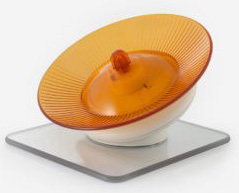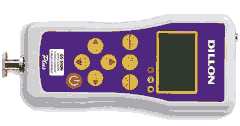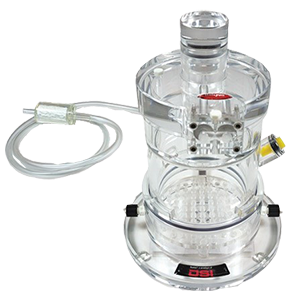Muscle & Exercise Biology Core
Mission Statement
The mission of the Muscle & Exercise Biology (MEB) Core is to support the multidisciplinary and synergistic programs within the Center for Musculoskeletal Research (CMSR), by providing high quality, consistent, efficient and cost-effective services for behavioral measurements of muscle strength, exercise and fatigue in mice.
MEB Objectives
1. Provide support for the design of innovative basic science projects involving muscle and bone interactions, mechanisms of sarcopenia, muscular dystrophy, and exercise biology.
2. Promote a collaborative environment for innovative and impactful clinical MEB research, leveraging unique, state-of-the-art resources and expertise.
3. Foster the training and career development of ROCSTARR members interested in new research directions in muscle and exercise biology.
Services
State-of-the-art equipment for continuous (24/7) voluntary wheel running, treadmill exercise/fatigue, grip strength, and whole body plethysmography in awake, non-restrained mice.
 Med Associates Low-Profile Wireless Running Wheel for Mice
Med Associates Low-Profile Wireless Running Wheel for Mice
Voluntary Wheel Running: Wireless low-profile mouse running wheels (ENV-047) is a state-of-the-art device that enables quantitative 24/7 measurements/analyses of mouse running levels for single housed mice in the vivarium. The system used plastic running wheel surface with a wireless transmitter that relays running data from the home cage to a computer.
Columbus Instruments Exer 3/6 Treadmill for Rodent Exercise
 Treadmill Exercise/Fatigue: The turnkey system includes a computer-controlled treadmill that utilizes a single belt construction and dividing walls suspended over the tread surface. The treadmill can be configured to accommodate three (rats) or six (mice) lanes and includes an adjustable incline (0-25°). Animals are exercised in three (rats) or six (mice) compartments made of durable plastic. For some applications, users may choose to purchase Exer-3/6 with a single large compartment. An included drive motor controller provides smooth and continuous adjustment of speed in the range 3-100 m/m. The exercising belt is made with special material that facilitates the animals' grip and is easy to clean. Software provides remote control over the treadmill and settings for speed and acceleration, records distance traveled and data is saved in CSV format for Excel or similar statistical software.
Treadmill Exercise/Fatigue: The turnkey system includes a computer-controlled treadmill that utilizes a single belt construction and dividing walls suspended over the tread surface. The treadmill can be configured to accommodate three (rats) or six (mice) lanes and includes an adjustable incline (0-25°). Animals are exercised in three (rats) or six (mice) compartments made of durable plastic. For some applications, users may choose to purchase Exer-3/6 with a single large compartment. An included drive motor controller provides smooth and continuous adjustment of speed in the range 3-100 m/m. The exercising belt is made with special material that facilitates the animals' grip and is easy to clean. Software provides remote control over the treadmill and settings for speed and acceleration, records distance traveled and data is saved in CSV format for Excel or similar statistical software.
 Dillon GTX Digital Force Mouse Grip Strength Gauge
Dillon GTX Digital Force Mouse Grip Strength Gauge
Mouse Grip Strength: A Dillon GTX digital force gauge connected to a wire mesh is used to non-invasively quantify mouse grip strength (forelimbs, hindlimbs, all 4 limbs). The apparatus consists of a horizontal grid of wire which rides on a low-friction track to allow it to move in the horizontal plane. The grid is attached to a Dillon GTX digital force gauge, which measures peak tensile force. Peak force is generated at the point at which the grip strength of the animal fails.
 Data Sciences International Small Animal Whole Body Plethysmography
Data Sciences International Small Animal Whole Body Plethysmography
A Buxco Small Animal Whole Body Plethysmography Chamber from Data Sciences International is used to quantify real-time respiratory rates and tidal volumes in awake, non-restrained mice. Mice are placed in a molded circular plexiglass chamber connected to a flow transducer which records changes in volume. The 22 mm diameter top port enables nebulizer, temperature/humidity probes, or other exposure methods.